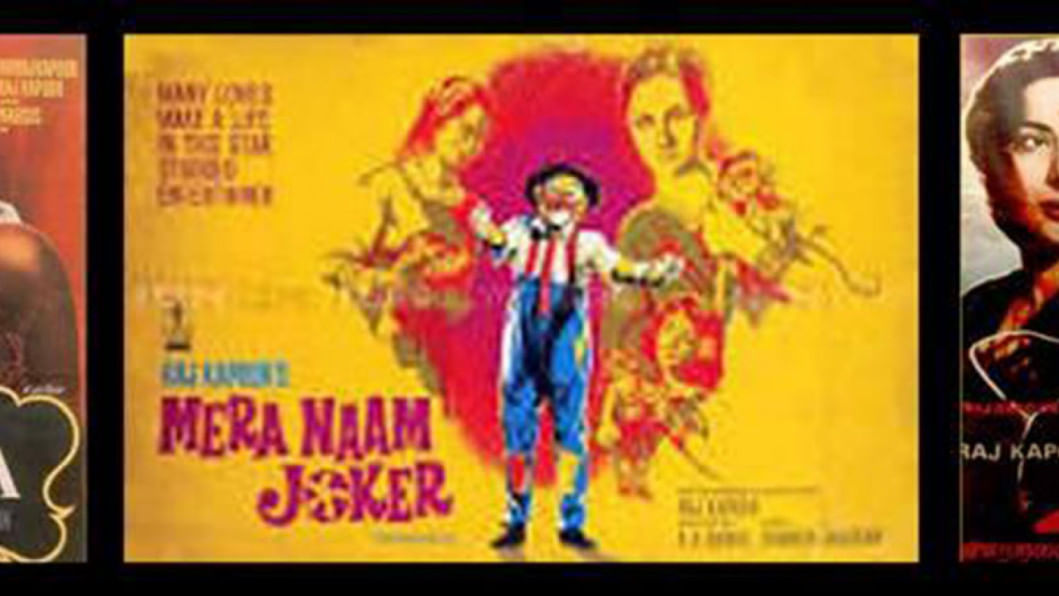Movies make Hindi popular

Sadly, the 10th edition of the World Hindi Conference will be remembered for the protest of some self-proclaimed champions and spokespersons of Hindi. They were unhappy that screen icon Amitabh Bachchan was invited to speak on the last day of the conference, arguing that the film star has no claim to fame in popularising Hindi. This is a travesty of facts.
While the so-called Hindi sewaks (servitors of the language) are within their rights to speak for or against anybody, it is high time they candidly accepted the phenomenal contribution of Hindi films in popularising Hindi among second and third generation Indian-origin people settled outside India. Hindi cinema has also played a stellar role in entering non-Hindi speaking homes in India. Can you name any Hindi writer or poet whose body of work generated any kind of curiosity among non-Hindi speaking people to learn Hindi? And I am not talking about their influence on people of other countries.
When we talk of the role of Hindi films in promoting Hindi both among non-Hindi speaking states in India and outside India, you cannot ignore the yeoman services rendered by the likes of Raj Kapoor, Dev Anand, Dilip Kumar and Amitabh Bachchan. The appeal of Bombay film industry is not restricted to South Asian countries. Hindi films, especially their songs, are very popular in Africa, Middle-East, Central Asia, Southeast Asia and, to a certain extent, Eastern Europe as well.
Why was Raj Kapoor so popular in erstwhile Soviet Union? I recently met a scholar from Russia and during the course of a very animated discussion, he said it was the optimism of the charismatic Raj Kapoor that inspired them to brave through hard times. After the devastating World War II, our country was in ruins, he said. We were poor and our life was full of miseries. But when we saw greater hardships being faced by the poor in India with a smile, it gave us optimism. After hits like “Awara” and Shri 420, Raj Kapoor became a symbol of optimism for us. Even ex-President Boris Yeltsin was heard humming the title song "Awara hoon…(I am an itinerant) "
It is said that two prominent figures from India were known to everyone in USSR, Jawaharlal Nehru and Raj Kapoor. Of course, Hindi films were hits in several East European countries like Poland, Hungry and Bulgaria as well. When communism was ruling the roost there, India was under the spell of Nehruvian socialism.
Actually, there is immense interest in Indian films in Russia and other parts of the world as every plot gives the message of 'victory of good over evil'. This is the yearning of every soul. Hindi movies are also a source of optimism for the younger generation of many countries.
My Cairo trip of 2006 was an eye-opener. As I came out of Cairo airport, many people started calling me Amitabh Bachchan. I was thrilled that perhaps I looked like him. When I checked in to my hotel facing the gigantic Nile, again some people called me Amitabh Bachchan. I asked my host if l looked like the star.
With a smile, he replied, "Amitabh Bachchan is an icon here. He is more popular than Hosni Mubarak. His films are greatly liked by us. We hum the songs of his films." You have to visit Egypt to know the kind of status he has there. And such a figure is treated with contempt by those who have virtually no claim to fame in making Hindi popular in non-Hindi speaking areas.
In the just concluded World Hindi conference, I too presented a paper, "Status of Hindi in Girmitiya countries". The word Girmitiya is used for those Indian indentured workers who went to Mauritius, Fiji, the West Indies, particularly to what is Guyana today, Trinidad, and South Africa. While I will discuss this subject later, I was a little disappointed that not much debate took place on the role of Hindi cinema in popularising Hindi within and outside India.
And see the power of Hindi films in America and other Western nations. Large numbers of second and third generation Indian students learn Hindi from the dialogues and songs of Hindi films. These students are called "heritage learners". Hindi teachers in Western universities incorporate elements of Hindi films such as songs, video clips of popular dialogue sequences, posters and trailers in their classes to teach certain grammatical patterns to their students.
Arguably, Hindi films have a huge following in the whole of the sub-continent and in the South Asian community. For the South Asian diaspora around the world, Hindi films are a major source of entertainment. They come from different language communities, such as Gujarati, Punjabi, and so forth, or sometimes from communities of less cognate languages such as Bengali and Oriya, or even very different language communities such as Tamil, Telugu and so forth.
The majority of undergraduates of South Asian/Indian origin want to learn Hindi to explore their cultural roots. Among other factors, Hindi cinema also plays a big role in creating a Pan-Indian identity. Bombay now Mumbai films industry constitutes part of the main entertainment for all South Asians throughout the world. And through this world, Hindi language becomes an integral part of the pan-Indian identity.
And now because of films, Hindi is making huge inroads in Japan as well. There is no denying the fact that due to Buddhism and ancient Indian culture, many people were encouraged to learn it since long. Hindi made an entry in Tokyo University way back in 1908. But in the past couple of years, Japan is the latest overseas territory to be annexed by Bollywood.
Recent Hindi films that have been shown in Japan in dubbed or sub-titled versions include “English Vinglish”, “3 Idiots”, “Ra.One”, “Om Shanti Om” and most recently, “Dhoom 3”.
It is said that Hindi films have the potential to confound Japanese audiences with their length and song-and-dance formats, but the new crop, which explores a greater variety of subjects, has a bigger chance of success. Japanese audiences enjoy the "heart-warming dramas" and the combination of laughter, tears and general emotions that characterize Hindi cinema. Aamir Khan's 3 Idiots, a message-oriented comedy that advocates rebellion against a rote-based learning-based system and emphasises individual creativity was a huge hit there. The success of 3 Idiots was an epoch-making incident for Mumbai film industry in Japan.
Although never with this particular intention in mind, Hindi film industry has propagated a standard form of Hindi to great masses of people in India and abroad. It is time Hindi sewaks respected the contribution of the film industry in making Hindi popular all over the world.
The Statesman/Asia News Network

 For all latest news, follow The Daily Star's Google News channel.
For all latest news, follow The Daily Star's Google News channel. 



Comments